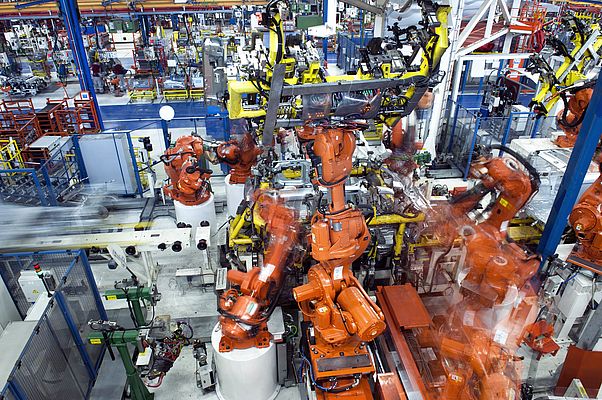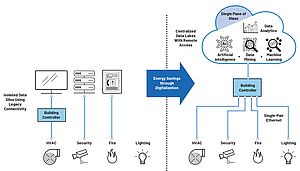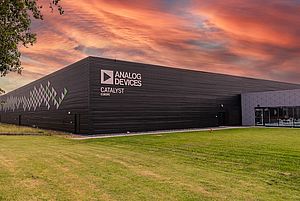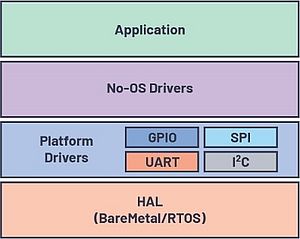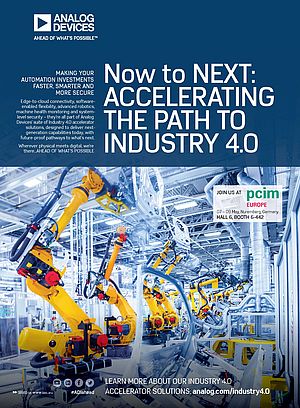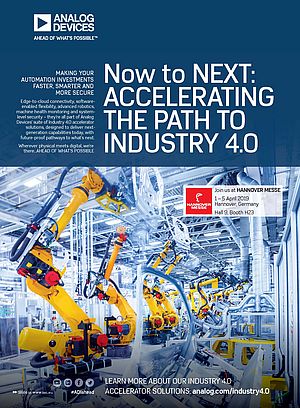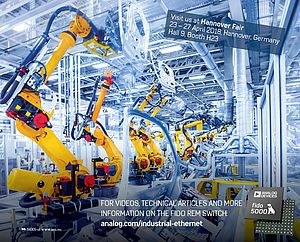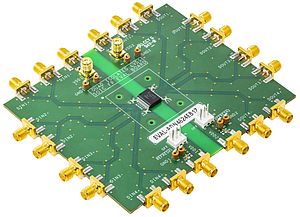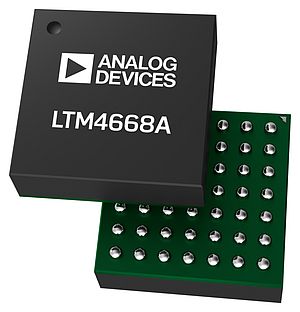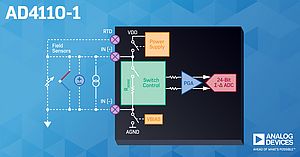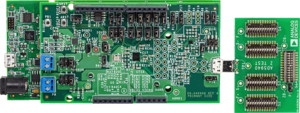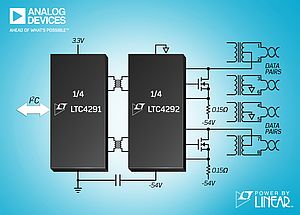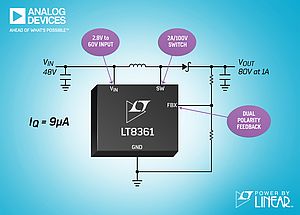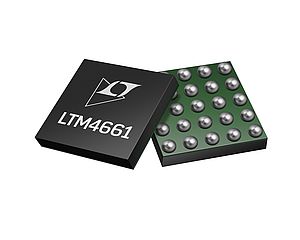When it comes to motion control, Ethernet, fieldbus, and other technologies such as Peripheral Component Interconnect have historically competed with each other for the right to handle some of the most demanding workloads within industrial automation and control systems. Motion control applications require determinism (a guarantee that the network will get workloads to their intended nodes on time), which is needed to ensure position retention, and get in turn precision and proper acceleration/deceleration of drives, among other tasks.
Standard IEEE 802.3 Ethernet
Standard IEEE 802.3 Ethernet has never been up to par in this respect. Even with the CSMA/CD data link layer having become obsolete thanks to full-duplex switching and isolated collision domains, it lacks predictability. Plus, the complexity of TCP/IP higher up in the typical stack is not optimized for the reliable delivery of real-time traffic. As a result, fieldbuses, as well as PC-oriented control architectures with ASIC-based PCI cards, have been popular solutions for motion control.
Ethernet solutions from EtherNet/IP® to EtherCAT® have addressed these shortcomings in their own distinctive ways. Still, industrial Ethernet is far from dominant in motion control, despite some of its other advantages over the alternatives. Let’s examine three reasons why it can and should gain ground on its competition in the years ahead.
1. Convergence Instead of Complexity
Interconnection between enterprise IT and the factory floor has increased over time, leading to complicated systems that often mix standard and industrial Ethernet with fieldbuses. For example, machines might utilize:
- SERCOS for communicating with servos
- PROFIBUS® for networking variable frequency drives
- SafetyBUS p for fail-safe fieldbus communications
- DeviceNet for connecting to sensors
- Ethernet, accessed over a gateway, for sending data to end users
Such networks are complex and also expensive to set up and maintain. Each protocol requires its own implementation procedures, installers, and trainings. In contrast, Ethernet offers the possibility of converging the different networks for motion, safety, etc. onto cost-effective infrastructure that is relatively easy to wire, widely supported by vendors, and futureproof.
Ethernet Offers the Possibility of Converging Disparate Networks
The EtherNet/IP protocol exemplifies how convergence can work in practice. An integrated, switched system can accommodate both business and industrial applications through the use of standard Ethernet technologies like TCP/IP and UDP/IP alongside features such as CIP Sync for implementing the IEEE 1588 precision time protocol synchronization of distributed clocks.
2. Determinism for Motion Control Applications
Motion control depends on precise communications. This precision has been supported by the use of time slot-based scheduling, in which each device gets a schedule for communicating with others. A delta-T value is calculated for the control function as these servo drives and controllers figure out their respective timings. However, it can be thrown off if data delivery becomes unpredictable—hence the need for determinism to ensure loop stability.
Ethernet Can Support Demanding Motion Control Applications in Plants
The implementation of IEEE 1588 in EtherNet/IP, in some cases via accelerator circuits installed directly on Intel® chips, is just one common mechanism used by Ethernet solutions to enforce determinism. The on-the-fly processing of EtherCAT is another example of how consistently predictable performance is achieved for motion control applications. EtherCAT goes beyond the strict physical limitations of centralized PCI-based communications, which, while fast, still require short distances between the machine processing unit and servo processors.
“An EtherCAT-based distributed processor architecture has the bandwidth, synchronization, and physical flexibility to match the power of centralized control plus the advantages of a distributed network,” Jason Goerges explained in a 2010 article for Machine Design. “In fact, some processors that use this approach can control up to 64 highly coordinated axes with a 20 kHz sampling and update rate—including position, velocity, and current loops, as well as commutation.”
3. Long-Term Viability for the IIoT
Ethernet has already gone through many permutations since its beginnings as a LAN technology. Whereas legacy fieldbus components are currently manufactured at a small scale and PCI risks are going the way of the obsolete Industry Standard Architecture, Ethernet continues to evolve and is now well-positioned to serve the IP-centric Industrial Internet of Things.
Impending improvements such as time sensitive networking, which will refine IEEE 1588 and bolster the network convergence possibilities as well, also make Ethernet a sound choice for motion control both now and in the future.
This isn’t to say that fieldbus and PCI will go away—only that Ethernet’s advantages continue to mount as the automation industry moves toward the IIoT.


